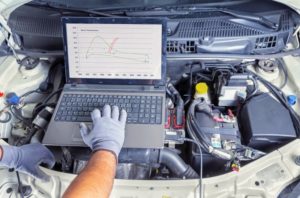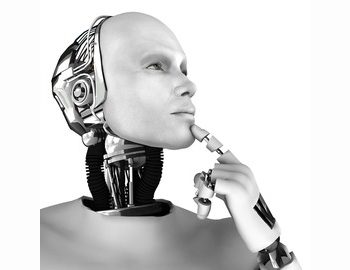
The auto industry is constantly changing, and engineers are grappling with many new challenges. What’s more, this is one industry that has had a far-reaching impact on the world over the years. There’s a lot of discussion revolving around self-driven cars, energy consumption, and designing vehicles with the latest software.
In this day and age, no idea in the auto industry is too outlandish and many concepts that were recently considered science fiction are now a reality. But bringing about new developments also comes with its own set of challenges. Some of these include dealing with higher fuel prices and environmental safety.
Modern cars are a combination of hardware and software, and become increasingly complex with each passing year. Since human lives are at stake, there are high standards of safety and efficiency governing the auto industry. There are many variables to consider with little room for error, and therefore it makes sense to test automotive ideas in a virtual environment with the help of engineering simulation. Simulation helps startups test their ideas for multiple scenarios and conditions in a low-cost way.
Automotive startups have to develop components that increase the efficiency of vehicles as well as deliver results. Engineering simulation helps them visualize these solutions and see how different components will interact with each other. All of this happens in a virtual, risk-free environment, so startups are not wasting money developing multiple physical prototypes. Additionally, startups can take advantage of quality simulation programs for startups such as the ANSYS Startup Program for their testing needs.
Let’s take a look at how simulation is changing the innovation landscape in the auto industry.
Advantages of Engineering Simulation for Automotive Startups:
Here’s what simulation enables automotive startups to do:
- Test innovations virtually
The auto industry has seen several innovations that completely changed the way we travel from one place to another. By redesigning a few basic components, our cars have undergone several iterations and still are open to improvement. The latest technological efforts seem to be focused on developing driverless cars, and once that is achieved, who knows what’s next?
In a field that is innovating constantly, and where no idea is too big, simulation gives engineers a chance to see if their ideas can work in the real world. From engine design to fuel systems, there are many components startups can test with engineering simulation.
Simulation helps designers test their innovations at a lower cost than physical prototypes and also develop products that have the highest level of efficiency. This is especially crucial in the auto industry since there are human lives at stake. Many manufacturers have embraced simulation to create wireless communication systems, radar-based systems, reduce the weight of vehicles, and optimize software for vehicles.
- Develop prototypes quickly
While physical prototypes are expensive to produce and can only be tested for a few limited conditions, simulation can help engineers develop virtual prototypes that can be tested for a much wider variety of conditions in a shorter period of time. For instance, engineers can test how a particular model will perform in different physical conditions such as cold climates and deserts, and on rough roads or highways.
High-performance computing enables engineers to develop various virtual prototypes rapidly, no matter how complex the problem. Without compromising the quality of the solution developed, engineers can test their prototypes in several conditions and cut R&D time dramatically.
As an example, simulation can help engineers test countless different shapes of a vehicle to find the optimal design for an engine fitted with technologies that can reduce emissions.
- Increase productivity
The automotive field is highly competitive, and it’s essential that automotive engineers have the highest level of productivity so they can develop new products much faster than the competition.
Simulation enables engineers to collaborate effortlessly and share workflows and data quickly. This helps the team stay on course and complete projects sooner, to achieve accurate results in a short time while keeping production costs down, and to get to market before the competition.
Conclusion
The auto industry is one of the most rapidly developing industries in the world, and in order to keep pace with it, manufacturers and engineers must harness the power of engineering simulation. If you’re looking for a robust simulation tool for your auto startup, take a look at the ANSYS Startup Program. It not only offers the best simulation solutions in the world but also takes into consideration that startups have a limited budget.
